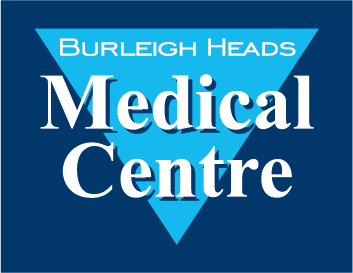First-AidPhone Numbers :: What to do in an Emergency? :: First-Aid
The information on this page is general information and is not a substitute for advice from a health professional. It is very important to know what to do in an emergency. First aid can save lives and prevent serious injuries. A list is given of items to keep in a first aid kit. Methods to avoid accidents such as falls, drowning, road safety, scalds, playground injuries. |
|
Heart attack and cardiac arrest How do you recognise the symptoms of a heart attack? The symptoms of a heart attack may be quite mild and many people take too long to realise they need help. Read about the importance of acting quickly if you suspect someone is having a heart attack. Click here to find out more...
Bites and stings There are many Australian animal and insect species that bite or sting. This site provides advice on basic first aid procedures only. In most cases, firmly bandage the site of the wound and keep the person still. In all instances, it is important to seek. Click here to find out more...
Asthma Chart with information on what to do if someone has an asthma attack. Click here to find out more...
Nose bleeds To stop nosebleeds
Click here to find out more...
Burns and scalds advice for parents The treatment your child needs will depend on the size of the burn, the part of the body burnt, and the depth of the burn. If the burn is large, deep, or involves certain areas of the body that make it hard to treat, the child will be admitted to hospital.
Treatment and first aid Stop the burning as soon as possible: put out the fire ("stop, drop, roll"). For a scald, remove the clothing as quickly as possible because the hot fluid in the soaked clothing continues to burn. Next, bathe in cold water. Start as soon as possible and continue for 30 minutes. Even if you don't think of it at the time of the accident, bathing the burn in cool water within three hours of the accident is helpful. Medical and nursing staff will bathe the burn if necessary when you get to the Emergency Department. If you place a cold wet cloth on the burn, it needs to be rinsed in cold water every minute as it warms up quickly. Cold water on the burn helps to relieve pain. Avoid letting your child get cold. Keep the rest of the child warm while you are applying cold water to the burned part. Ice can make a burn worse. The child is more likely to get dangerously cold if ice or iced water is in contact with him/her for long periods. Check with the staff looking after your child as to when your child can be offered a drink. Milk or cordials are best. Click here to find out more...
Seizure (Convulsion) How to Help the Victim If you are present when someone has a seizure (a convulsion), follow these guidelines: Keep calm, Help the person to the floor to help avoid injury. Cushion the person's head with a folded coat or other material to help avoid head injury. Remove any sharp objects from the scene that could cause injury. Loosen tight neck ware so the person can breathe easily. Turn the person on one side so saliva can flow from the mouth. Do NOT put anything in the person's mouth (this is dangerous for you and the person if another seizure happens). Seek medical attention. |

